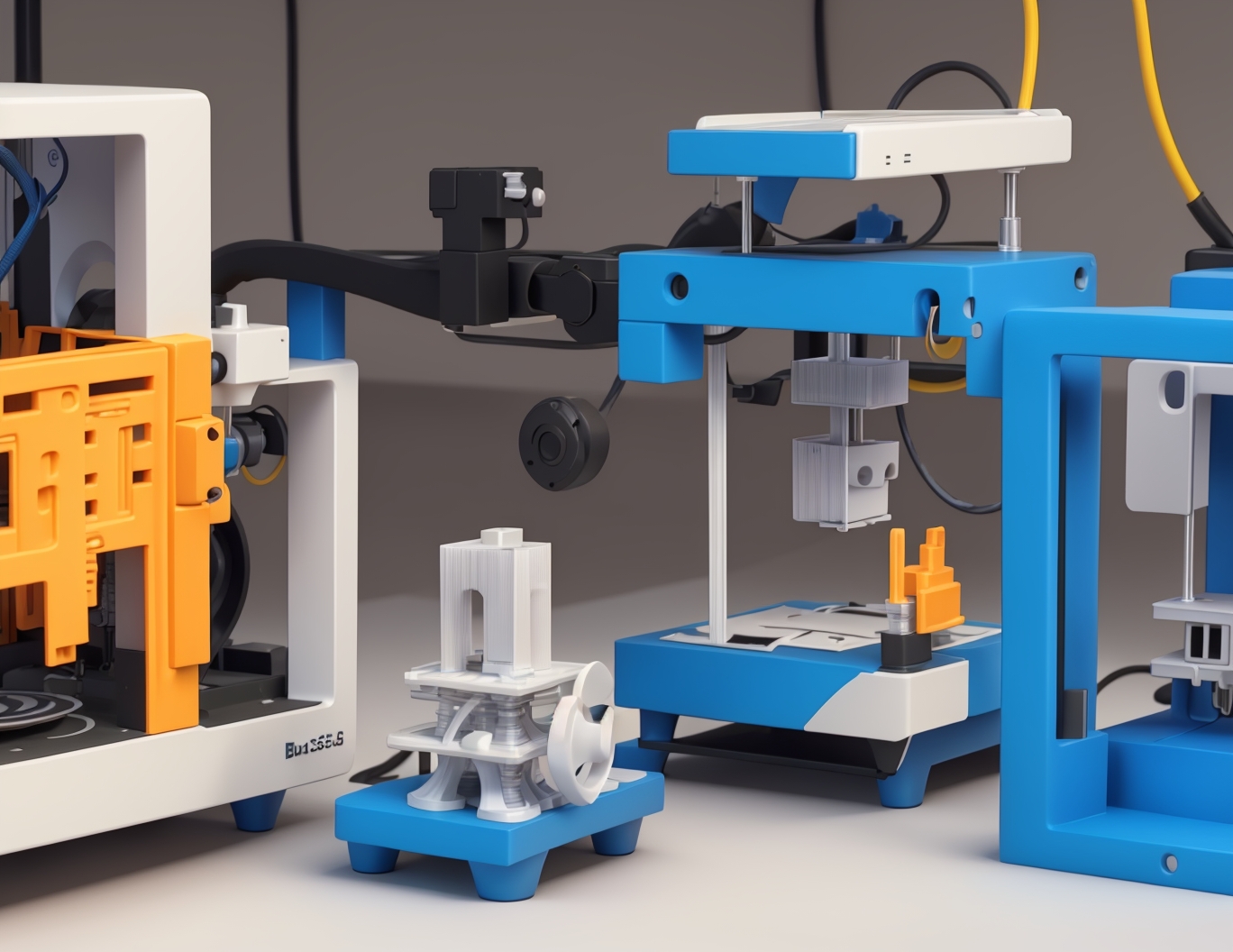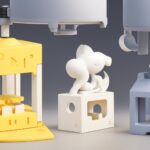The Basics of 3D Printing for Beginners
The Basics of 3D Printing for Beginners
Description: An introduction to 3D printing technology, outlining its mechanics, materials, and essential starter tips for beginners.
Keywords: beginner 3D printing guide, how 3D printing works, 3D printing materials
Article
Understanding 3D Printing: A Beginner’s Guide
In recent years, 3D printing has evolved from a niche technology into a powerful tool accessible to hobbyists, designers, and manufacturers alike. This beginner’s guide will explore how 3D printing works, what materials are commonly used, and essential tips to get you started on your 3D printing journey.
What is 3D Printing?
At its core, 3D printing is an additive manufacturing process that creates three-dimensional objects by adding material layer by layer. Unlike traditional subtractive manufacturing, where materials are removed to create an object, 3D printing builds up the object from scratch, providing flexibility in design and a reduction in waste.
How 3D Printing Works
The process typically begins with a digital 3D model, created using CAD (Computer-Aided Design) software. This model is then converted into a set of instructions called G-code, which directs the printer on where to move and when to deposit material. Using these instructions, the printer builds the object one layer at a time, allowing for intricate designs and shapes that traditional manufacturing often cannot achieve.
Key Materials Used in 3D Printing
One of the primary factors in choosing a 3D printing material is the type of project and the desired durability of the finished object. Here are some popular 3D printing materials:
PLA (Polylactic Acid): Biodegradable and easy to print, PLA is ideal for beginners. It’s commonly used for models, prototypes, and decorative items.
ABS (Acrylonitrile Butadiene Styrene): Known for its durability and impact resistance, ABS is widely used for functional parts. However, it requires higher temperatures and good ventilation.
PETG (Polyethylene Terephthalate Glycol): Combining the ease of use of PLA with some durability characteristics of ABS, PETG is a good middle-ground material for strength and flexibility.
TPU (Thermoplastic Polyurethane): This flexible material is popular for printing items that require elasticity, like phone cases and gaskets.
Starting with 3D Printing: Essential Tips for Beginners
Select the Right Printer: Choose a 3D printer that fits your needs, budget, and level of expertise. Popular choices for beginners include FDM (Fused Deposition Modeling) printers due to their affordability and ease of use.
Understand Layer Height and Print Speed: Adjusting the layer height influences both print quality and time. Thinner layers yield more detailed prints but increase printing time, while thicker layers are faster but might reduce detail.
Choose the Right Software: Many 3D printers come with slicing software that prepares your model for printing by dividing it into layers. Popular slicing software options include Ultimaker Cura and PrusaSlicer.
Start with Simple Designs: As a beginner, practice with simple 3D models to learn the basics of the printing process before moving to more complex projects. Websites like Thingiverse offer free models ideal for practicing.
Learn Basic Troubleshooting: Common issues like bed adhesion, stringing, and warping are all part of the learning curve. Learning how to troubleshoot these will save you time and improve your results.
3D printing is a rewarding, hands-on hobby with endless possibilities for creativity. Understanding how 3D printing works and selecting the right 3D printing materials will set you up for success as you dive into this exciting technology.



